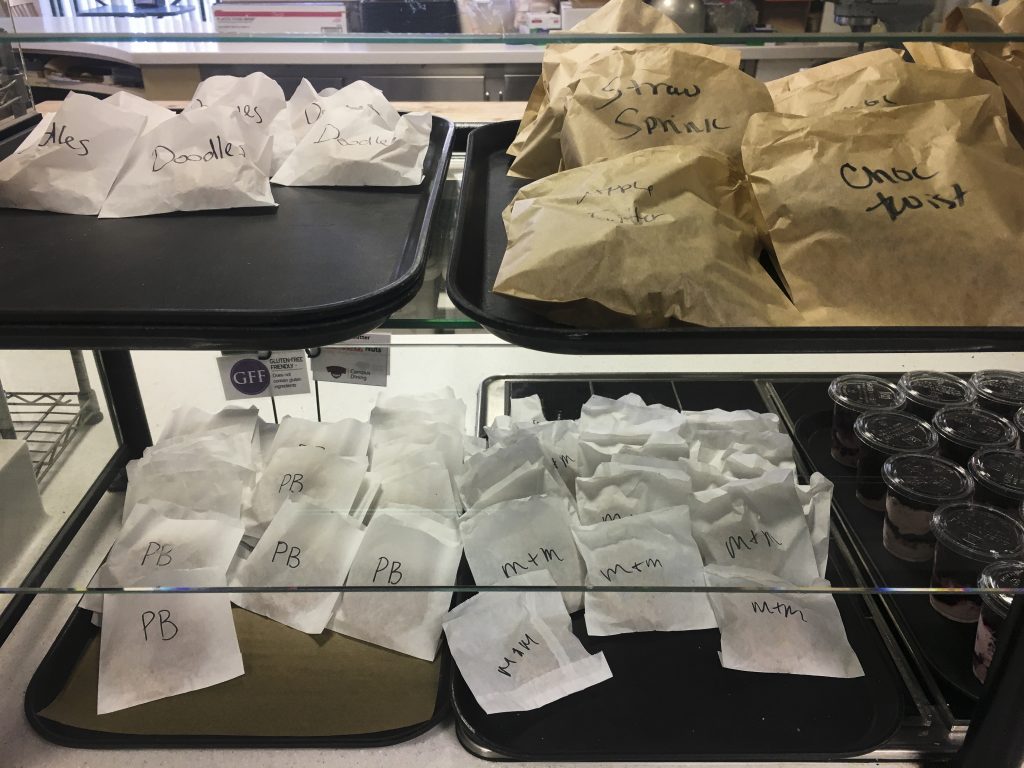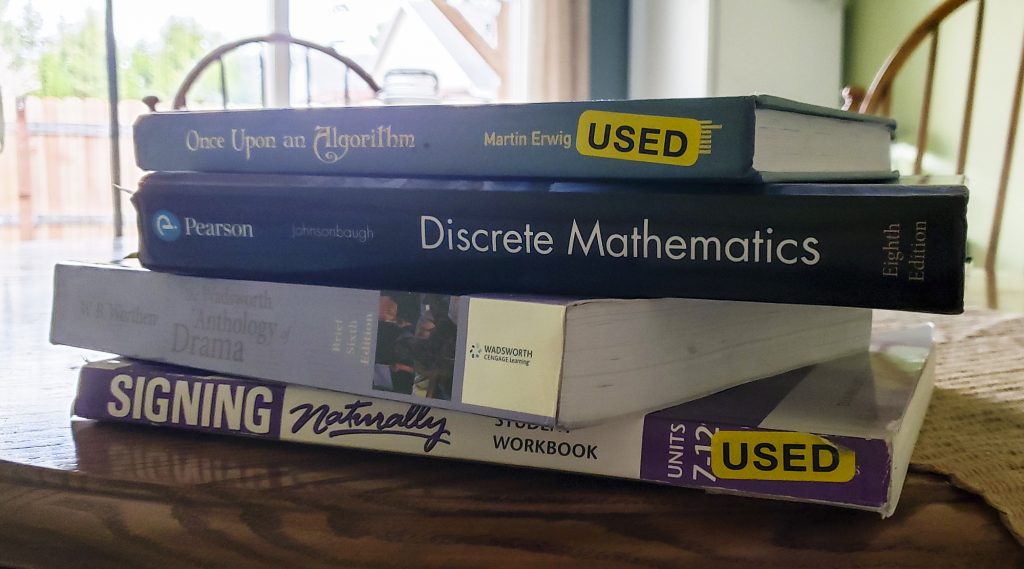Dr. Kara Gournaris | Guest Contributor
I started working at Western Oregon University on Jan. 1, 2010. I still remember the first time I walked through the doors of the old College of Education (COE) building. The yellowish color of the walls caused me to squint my eyes as I walked through the halls. I walked up the stairs and made my way to my new office, room number 222.
I opened the door on this new chapter of my journey, but everything inside the office walls showed signs of their age, not new at all. The blinds on the windows hung loosely, and the pull strings didn’t work anymore. Half of the metal blinds were bent and I had to tie them back with a hairband I fished out of my bag. When I opened the window to let fresh air in, the breeze would send the blinds banging against my window, a visual distraction that caught my eye every time they moved. Right in the middle of my office, there was a huge stain that looked as if it had been there for many years and my only option was to buy a rug to cover up the space.
As a Deaf person, my sense of sight is keenly developed, and everywhere I looked caused my eyes to twitch a little. Banging blinds, half falling off my window. A hidden spot beneath a neutral colored rug. Yellow walls that surrounded me on all sides as I worked. My colleagues all faced the same eye sores, though they were all hearing, and I often wondered if those visual markers had the same impact on them as they did on me.
My office was in the middle of a very narrow hallway and as students or other colleagues walked past my office and stopped to say hello, I remember having to constantly shift where we were standing because using American Sign Language in that hall blocked people from walking by. We would get a few sentences into our conversation, have to pause and move to the side, and then just as we got started again, someone else would need to pass. Not only were the hallways inaccessible for those of us trying to have conversations in ASL, they also were hard spaces for people to navigate when using a wheelchair, pushing a cart or moving furniture or other large items.
The old COE building did not have a space for ASL and interpreting students to hang out before or after classes, which meant that if students wanted to practice their ASL skills, they had to go to the library or some other space that was more accessible. This was a huge missed opportunity for incidental learning to occur because moving to another space meant being away from the four Deaf instructors who were working here at the time. Rather than students milling about and learning to use ASL by engaging with the Deaf instructors and one another, students often resorted to using spoken English in the halls because as people tried to pass them in narrow spaces, they eventually just gave up and stopped using ASL.
As our Deaf faculty walked those same halls, we felt heavy-hearted that students who were learning ASL just hours before in our classrooms, were now passing by us in the hallways using spoken English without signing at all. The Deaf faculty often lamented feeling left out a majority of the time because our language was often relegated to use only in classrooms or inside of our office walls.
Some days, students would ask to have class outside because it was sunny and warm and those were always the best days because other teachers and classes would often be out there and we could all join together in the common use of our beautiful language.
In 2016, my entire experience at Western shifted. Richard Woodcock donated money that went toward funding a new education building. This new building is called the Richard Woodcock Education Center (RWEC), and it was purposefully designed with the use of visual American Sign Language in mind. The design committee was familiar with Gallaudet University’s “Deaf-friendly” design, and they wanted to create a space at Western that was designed for Deaf, Hard of Hearing and DeafBlind people, and anyone else who uses ASL.
By making the hallways wider, conversations in ASL are no longer paused every time someone passes by in the hallway and the building is more accessible for people in wheelchairs or those who use other mobility devices. There was so much careful thought and attention given to this open design, and each detail has made an impact on our community.
In 2016, we went from four Deaf faculty members to nine and we were allowed to choose which hallway we wanted our offices to be located in; that officially began our coveted “ASL Hallway.”
Now, when I walk through the lobby on my way to the classroom or my office, I see students hanging out, chatting in ASL, studying for an exam, resting or working on a project together. As I pass by, students greet me in ASL, and as they smile and catch me up on the latest news, I feel grateful for the chance to work with such amazing humans. I keep walking and I see other students walking in a line of five, all joking in ASL and laughing hysterically. As I turn the corner, a student on her motorized scooter with her service dog passes by and smiles and says hello on her way to class.
Just as I am about to enter the room, I see a DeafBlind faculty member walking with several students, and showing them the wooden art display on the wall that she uses as a tactile marker to orient herself to where she is in the building. Just down the hall, there are students who are making use of the little nooks that have curtains that draw closed so they can film a last minute homework assignment and upload it to their GoReact account. In the next nook over, there is a Deaf student using the Video Phone to call and order Yeasty Beasty for lunch. Everywhere I look, there are examples of my language, my culture and beautiful people who embrace what it means to be part of the Deaf Community.
Just like in the old education building, there are sunny days that prompt students to beg to have class outside. Through the windows in the classroom, I can see one of my colleagues teaching her class on the RWEC patio, enjoying the fresh air and smiling as students pass by and wave hello. I look around at the faces staring back at me and nod my head in agreement.
These college-aged students quickly become like little kids again, excited to head outside for a great adventure. As we walk by the other ASL class and my colleague, we all smile and wave, and I stop and count my blessings for this new space. RWEC has become a home for many of us, and it has made us more than just a community — it has made us a family.









